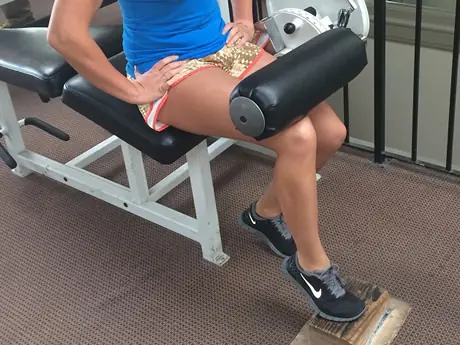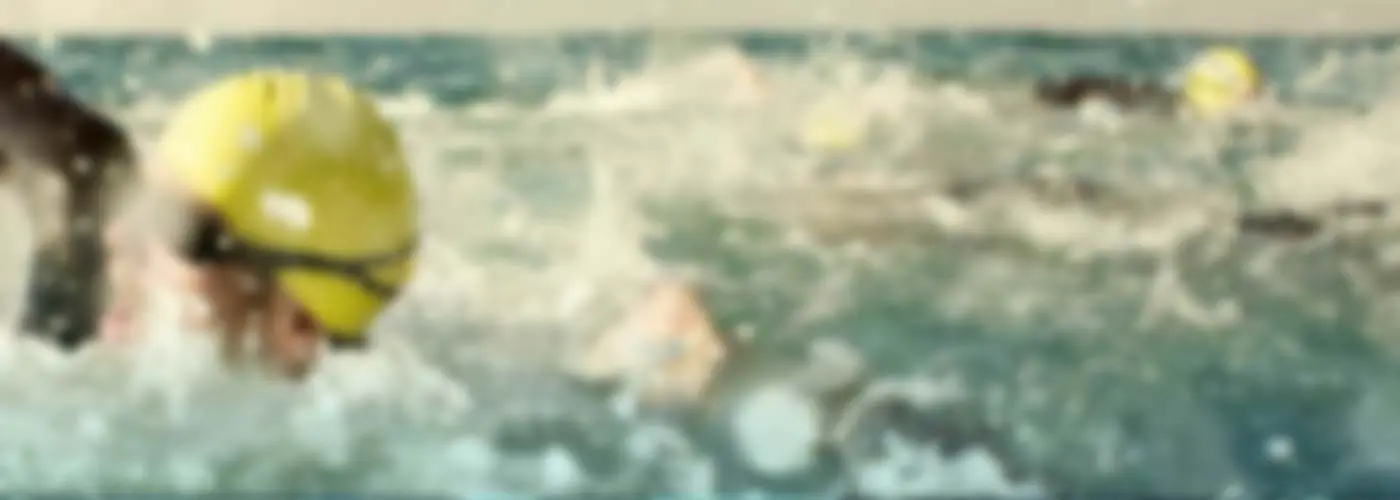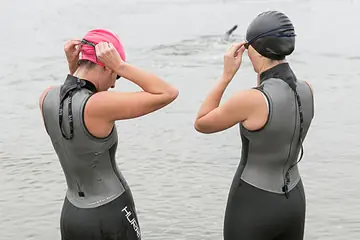
Never mind the pre-dawn workouts or chronic fatigue; to a triathlete few things are as demoralizing as that nagging injury that gets in the way of training. To make matters worse overuse injuries often occur at the worst possible time; just weeks before a big race. However, while you might question what you did to deserve such bad luck, overuse injuries happen for a reason. Not surprisingly an article in the Journal of Strength and Conditioning Research correlated injury risk with the amount of high intensity running and cycling training.
In terms of injuries, the Achilles heel of many a triathlete is, well, the Achilles. See if this sounds familiar-you've got a nagging pain in your heel that just won't go away, making the first few step out of bed a painful shuffle. If this is part of your morning routine, you've likely got Achilles tendinopathy. Without getting too technical, Achilles tendinopathy is a chronic overuse injury of the Achilles tendon and one of the three most common injuries in triathlon and running. Unfortunately those with Achilles tendinopathy know that these injuries don't just go away, often lingering for years.
More: 4 Core Exercises for Triathletes
What's the key to treating or preventing this potentially debilitating injury? As Achilles tendinopathy can progress to the point it limits everyday activity it's crucial to address Achilles pain before it becomes chronic.
Other than being a male between the age of 35 and 45, the development of Achilles tendinopathy hasn't been linked to a single risk factor. Researchers do target weak calf muscles, low arches, hill running and excessive running intensity and volume with increased risk of Achilles injury. While the Achilles is the strongest tendon in the body, it bears twelve times body weight with running.
Even though the injury is characterized by its chronicity, don't despair; conservative treatment with exercise is successful in treating the majority of those with Achilles tendinopathy. While it's a bitter pill to swallow, successful treatment of the injury has to involve gaining control of pain and irritation by temporarily halting running and employing dynamic rest (swimming, elliptical, pain-free cycling). Although cycling can aggravate an already overused Achilles, like many triathlon injuries the blame for Achilles injury usually lies with running.
- 1
- of
- 2










Discuss This Article